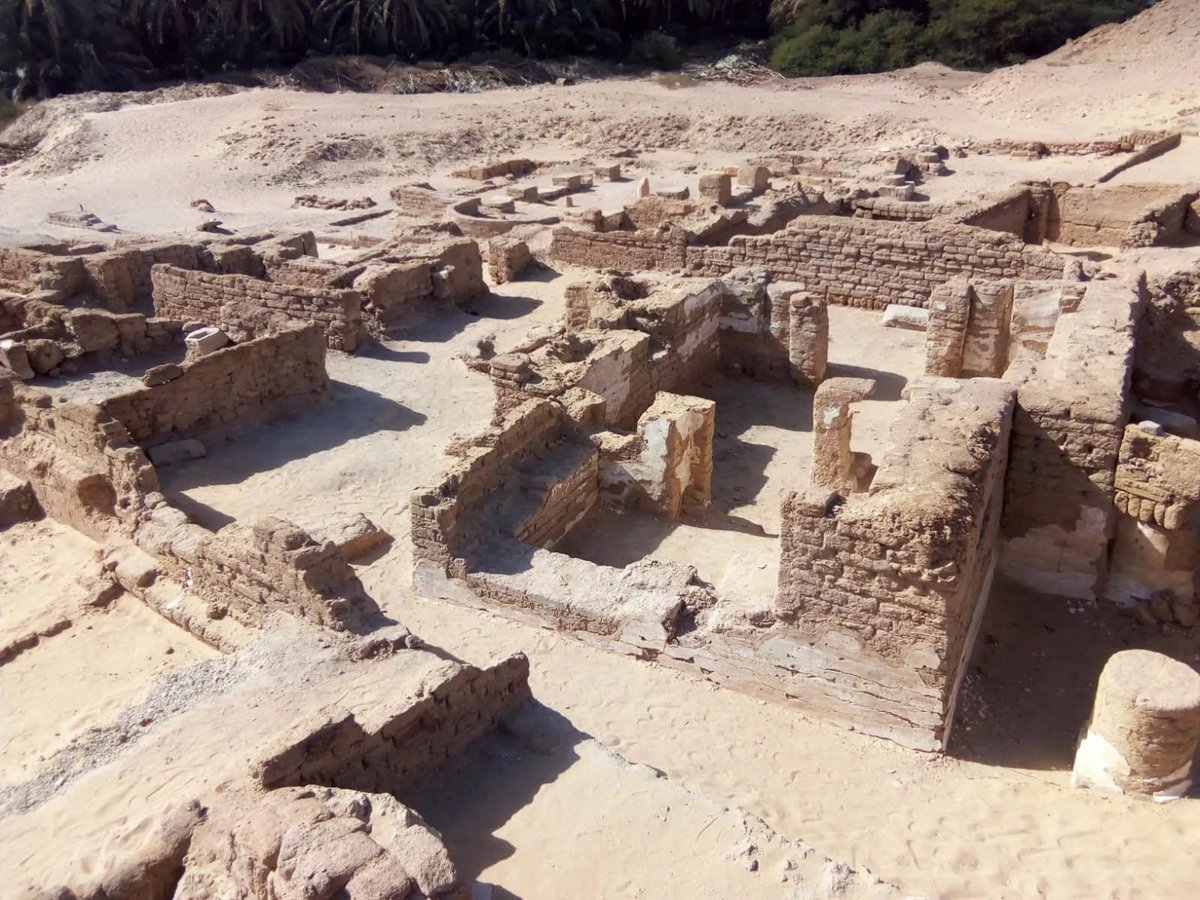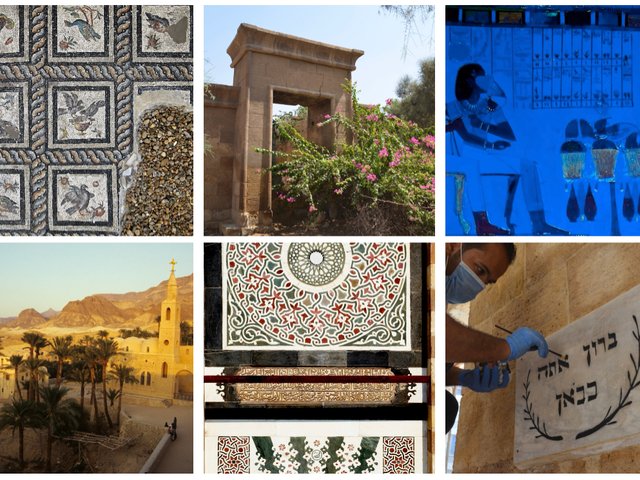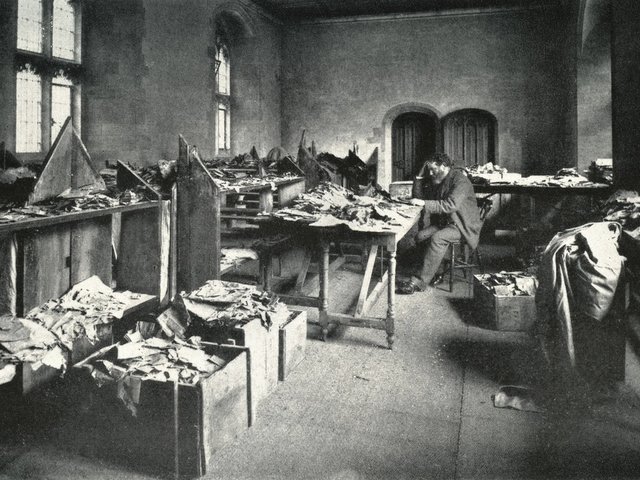The recent discovery of an ancient Coptic city in Egypt’s Western Desert could provide invaluable insight into early Christian history, according to the country’s Ministry of Tourism and Antiquities.
The ministry announced on 24 July that it had found the remains of a residential city dating back to the early Coptic period—between the third and seventh centuries—at the Ain Al-Kharab archaeological site, which lies within the Kharga Oasis. The city sheds light on a key period in Egyptian history that saw the transition from paganism to Christianity, and was once a centre of early Christian life.
Under the auspices of Egypt’s Supreme Council of Antiquities (SCA), a team of archaeologists at Ain Al-Kharab uncovered rows of mudbrick residences, tombs and two churches, including one basilica-style structure composed of a central hall flanked by two aisles, with three rows of square columns. A mural depicting Jesus Christ healing the sick was also unearthed.
Mohamed Ismail Khaled, the secretary general of the SCA said: “The findings confirm the Kharga Oasis’s importance as a religious and social centre across various historical periods, especially at the beginning of the Coptic era.”
The minister of tourism and antiquities, Sherif Fathy, added: “This find enhances our understanding of early Christianity in Egypt and underscores the values of tolerance deeply embedded in our heritage.”
Copts are a Christian ethno-religious group native to the region, forming the largest Christian denomination in the Middle East and around 10% of Egypt’s population. They predominantly adhere to the Coptic Orthodox Church of Alexandria.
Historically they have faced persecution as a religious minority, and more recently attacks attributed to the political Islamist group the Muslim Brotherhood. Following the 2013 ousting of President Mohamed Morsi, at least 45 churches and many Christian properties were attacked. However, Copts were at the forefront of the Egyptian independence movement, and have always maintained a strong sense of Egyptian identity.
According to the Egyptologist Stephen Harvey, Coptic sites in Egypt are now receiving new attention in conservation, with some surprising results. A good example of this, he says, is the Red Monastery in Sohag, Upper Egypt. “The Red Monastery was discovered long ago,” Harvey tells The Art Newspaper, “but was thought to be much later in date until the recent American Research Center in Egypt conservation, which revealed a very early date.”
The recent discovery of the ancient city in the Western desert is significant, he says, because it provides “early evidence of Coptic life outside the Nile Valley and by virtue of the artistic value of early images of New Testament stories, which are always very welcome”.




